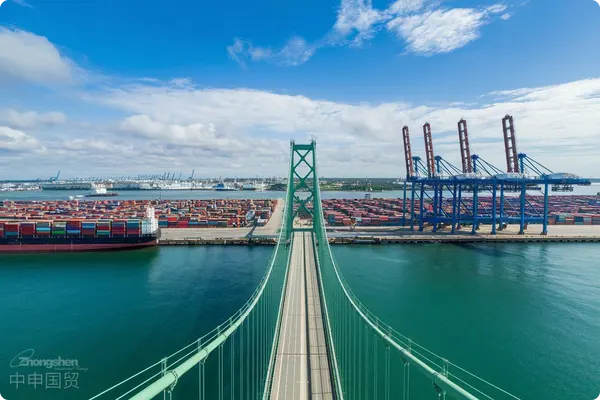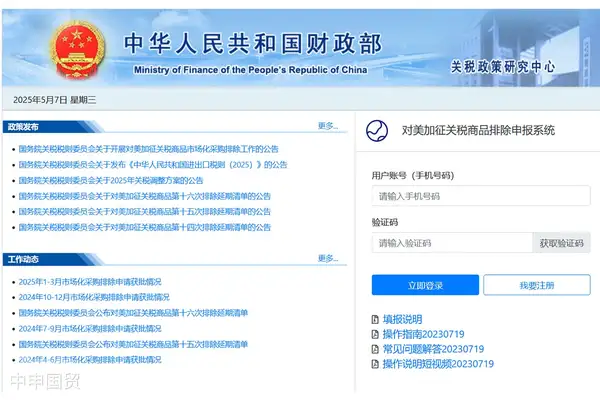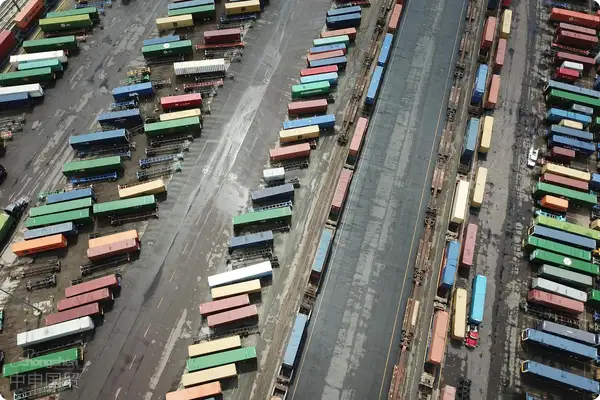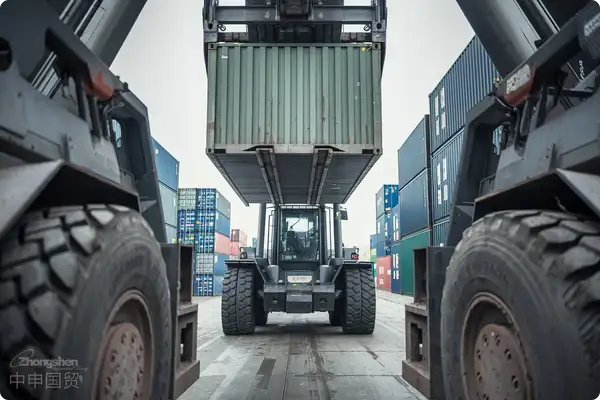- Shanghai Zhongshen International Trade Co., Ltd. - Two decades of trade agency expertise.
- Service Hotline: 139 1787 2118

I. 168 Hours from South Korean Factory to Chinese Warehouse
In February 2022, Shanghai Port was bitterly cold, but our customs declaration team was bustling with activity. A batch of South Korean-made MLCC multilayer ceramic capacitors worth $280,000 was undergoing inspection at Pudong Airport Customs - the 9th batch of electronic component import business we handled that month. Surprisingly, clearance was completed in just 62 hours from aircraft landing, 40% faster than industry average.
As practitioners with 15 years ofImport Representation, we clearly remember that when handling our first batch of South Korean capacitors in the 2010s, just3CIt is recommended to compare the following transportation methods:document review took two weeks. Now through the pre-classification system and AEO advanced certification, 80% of electronic components can achieve 'declaration equals release'. In this case, the client was a ShenzhenNew energyAutomotive partsmanufacturer with urgent demand for JIS C5101 standard 0402 specification capacitors, making timeliness the greatest challenge.
II. Seven Customs Clearance Codes for Electronic Component Imports
Through long-term agency experience for brands like Samsung and TDK, we've summarized thecore declaration elements:
- Descriptionfor electronic component clearance: 'Other fixed capacitors' under HS code 8532.29 is a common classification, but MLCC requires special notation of dielectric materials
- Original factory documentationIssued by the Korea Chamber of CommerceIt is recommended to verify through the following methods:Eligible for preferential tariff rates, with a 5.4% duty under the 2022 China-Korea FTA
- Technical documentsIncluding specifications, RoHS test reports, JIS certification documents (common for Japanese/Korean components)
- 3C certificationCapacitors with rated voltage <50V are exempt but require a Declaration of Conformity
- Dangerous Goods CertificateCeramic capacitors require MSDS to confirm non-flammable components
- Chinese labelMust include rated voltage, capacity, tolerance grade and other requirements per GB/T 2691
- Trade documentsProforma invoice must specify trade terms (this case uses CIP Pudong Airport clause)
III. Five key milestones for Shanghai port clearance
Through our visual management system, we provide real-time updates on each process stage:
| Time nodes | Operation Content | Risk control points |
|---|---|---|
| D+0 day 09:00 | Complete pre-declaration 4 hours before flight arrival | Verify consistency between HS code and declaration elements |
| D+0 day 14:30 | System completes tax assessment (5.4% duty + 13% VAT) | Authenticate QR code on Certificate of Origin |
| D+1 day 10:00 | Customs issues inspection order (3% sampling rate) | Accompany inspection to verify product nameplate information |
| D+2 day 15:00 | Release upon passing inspection | Handle special cases involving customs sampling for lab testing |
| D+3 day 08:00 | Complete port pickup and domestic distribution | Anti-static packaging management for cold chain transportation |
IV. Three hidden values of import agency services
Many clients initially focus only on comparing agency fee rates, but professional agencies createHidden benefitsthat often exceed expectations:
- Compliance cost savingsThis case avoided classification disputes through pre-classification, saving RMB 5,000 in customs bond.
- Supply chain timelinessIn emergency situations, the 'two-step declaration' mode was activated, which was 2 working days faster than the regular process.
- Policy BenefitsUtilizing the AEO enterprise's 'release before inspection' policy, the inspection waiting time was reduced to 8 hours.
5. Trend insights on electronic component imports
With the RCEP taking effect, tariffs on South Korean electronic components will be phased down to zero starting from 2023. However, we have observed new challenges:
- Customs disputes over the classification of new components such as 'capacitor networks' have increased.
- New BIS regulations in the U.S. affect the import of MLCCs containing specific technologies.
- Certification requirements for automotive-grade capacitors in the new energy industry are becoming stricter.
Recently, a client incurred RMB 30,000 in amendment fees and delayed production line commissioning due to self-declaration errors in HS codes. This case reaffirms: leaving professional matters to professionals is the real cost optimization. Next time you need to import electronic components, consider asking your agent these questions: Can you provide pre-classification rulings? Are there any clearance cases for similar products? How to address technical trade barriers? The answers often determine the fate of the entire shipment.
(Case data in this article has been anonymized, and specific clearance strategies need to be adjusted based on actual circumstances.)ZhongShen International Trade(With 6 clearance service centers in the Yangtze River Delta and Pearl River Delta regions, handling over 2,000 electronic component import cases annually, inquiries about the latest tariff preferential policies are welcome.)
Related Recommendations
? 2025. All Rights Reserved. Shanghai ICP No. 2023007705-2  PSB Record: Shanghai No.31011502009912
PSB Record: Shanghai No.31011502009912










